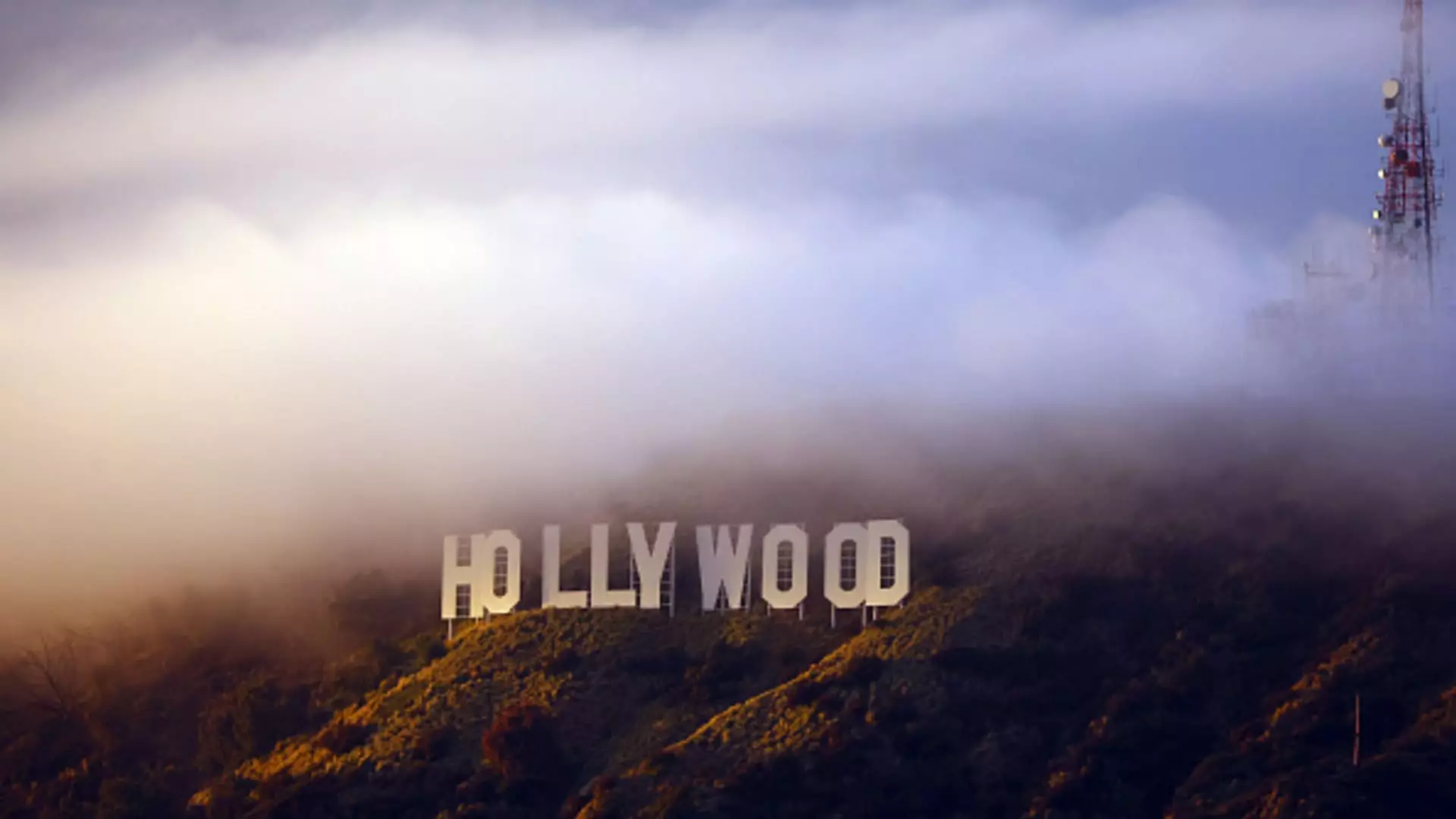The intricate web of global economics often intertwines unexpectedly with local industries, and the film sector is no exception. Recent trade policies initiated by the Trump administration have undeniably sparked concerns among Hollywood professionals, particularly regarding its neighbor to the North—Canada. Historically known as a haven for American film and television production, Canada has served as a vital partner, offering significant tax incentives and a skilled workforce. The introduction of tariffs by the U.S. could disrupt this symbiotic relationship and lead to unintended consequences not just for the industry, but for cinema-goers as well.
The initiation of tariffs on Canadian goods introduced a cloud of uncertainty over the operations in Hollywood. The American film industry has relied heavily on Canadian resources for various aspects of production. From tax credits that make film projects more financially viable to a talented pool of crew members, the relationship has flourished for decades. The potential for retaliatory measures from Canada, as hinted by Prime Minister Justin Trudeau, poses a legitimate threat. The ripple effect could see tax credits reevaluated or even withdrawn, thereby jeopardizing the attractiveness of Canada as a filming locale.
Trump’s announcement of comprehensive tariffs—including a striking 25% duty on goods from Canada and Mexico—has added fuel to the fire. For Hollywood, where budgets are meticulously planned, any sudden increase in costs could have far-reaching implications. The film industry operates on thin margins, making it crucial for studios to maintain profitability to sustain operations.
While many productions might not rely exclusively on imported materials, the imposition of tariffs could still lead to minor increases in the overall production budget. Many films and television series import specialized materials, which may now come with an added cost due to increased tariffs. Materials that filmmakers import, like specialty textiles or unique construction materials, have been a staple in several productions, particularly those focusing on high-quality sets and costumes.
However, it’s important to note that Hollywood often mitigates these risks by sourcing local materials. Production teams frequently rent equipment from studio warehouses, thereby insulating some costs from fluctuations due to tariffs. This practice could serve as a cushion against sudden price hikes. Nevertheless, if tariffs lead to a broader increase in production expenses, there remains the potentially dire threat of increased ticket prices for consumers.
The greater concern lies not just with production budgets but with the overarching impact on consumer spending. Tariffs have a tendency to trickle down, leading companies to pass on increased costs to consumers. As household items become pricier, families may be forced to make choices about where to allocate their discretionary spending. For many, enjoying a night out at the movies may be one of the first luxuries to take a hit in a tightened budget.
Industry insiders have voiced worries about the repercussions on box office sales. As the landscape has already been marred by pandemic-era disruptions, the notion that consumers might cut back on theater visits presents a challenge for an industry striving to stabilize. Even with potential blockbuster movies on the horizon for 2025, the financial viability of these projects could be heavily influenced by consumer willingness to spend.
Despite the hurdles presented by potential economic fallout, many industry analysts maintain a sense of optimism. The film industry has weathered numerous storms, adapting to changing landscapes time and again. While tariffs may impact production dynamics, it is the consumer response that could prove to be the real determining factor in the industry’s ability to rebound.
As audiences return to theaters and studios ramp up the pace of theatrical releases, the hope is that the allure of compelling storytelling and cinematic experiences will entice moviegoers back, regardless of the economic conditions. Ultimately, the balancing act lies in managing production costs while delivering the kind of quality content that attracts viewers to the big screen.
In the wake of the evolving trade policies, Hollywood stands on a precipice of change. The industry’s relationship with Canada faces scrutiny, and the potential repercussions of tariffs loom large. Nonetheless, the resilience ingrained in the fabric of this creative sector could prove vital. By invariably focusing on what makes cinema great—storytelling, innovation, and shared experiences—Hollywood may yet find a pathway to thrive, even amidst external economic challenges. As the world watches, one thing is clear: the unyielding spirit of the film industry may rise to meet the trials ahead.

